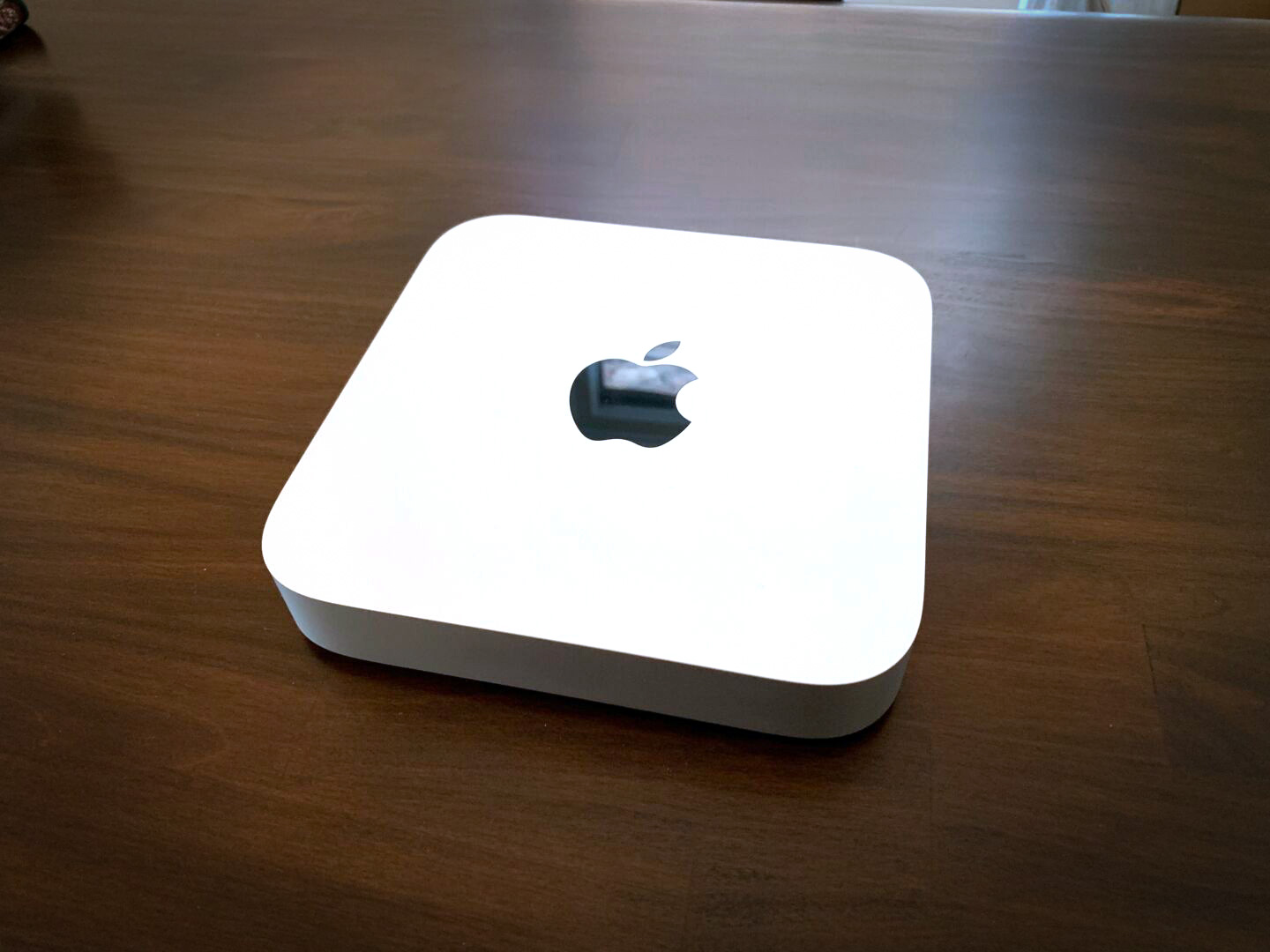

It works really well, but I had to keep my old (well it is 6 months old) mac as my main machine which i'm remote desktopping from the new machine.ĭon't know really.
Remote Desktop: that's what i'm currently using now.

Plus if you develop for windows servers, quite a lot of hassle to develop on Non-Windows platform for windows (paths, libraries etc). Performance is good, but every next important feature is "coming soon". Parallels + Windows ARM: still quite limited. I feel it is a huge compromise at this point of time. Obviously you spend more money on a second computer, but you could also repurpose your Intel Mac with Windows when upgrading to M1. I can even remotely turn it on with Wake On Lan through my router. I also get the advantage of native computer speed, much longer battery life, more RAM availability on both the desktop and laptop, no fans running, Windows-updates don't require Parallels to be open, and finally get to use a Nvidia GPU again. Remote Desktop works great too: multiple screens, folder sharing, clipboard sharing, retina screen support. I tried cellular-hot-spotting with a 5 Megabit/1 Megabit connection, and while that shows lag, it is still quite useable. Remotely on a high-speed connection I might detect a slight lag if I'm looking for it. I use Microsoft Remote Desktop client, and when I'm in the office it feels native. I have been very pleased with it - to such an extent I stopped using Parallels even though I'm still on Intel. In anticipation of switching to the M1, I decided to take a different route: I set up a desktop Windows PC, and remote into it. I used Visual Studio under Parallels daily on my Intel MacBook Pro.


 0 kommentar(er)
0 kommentar(er)
